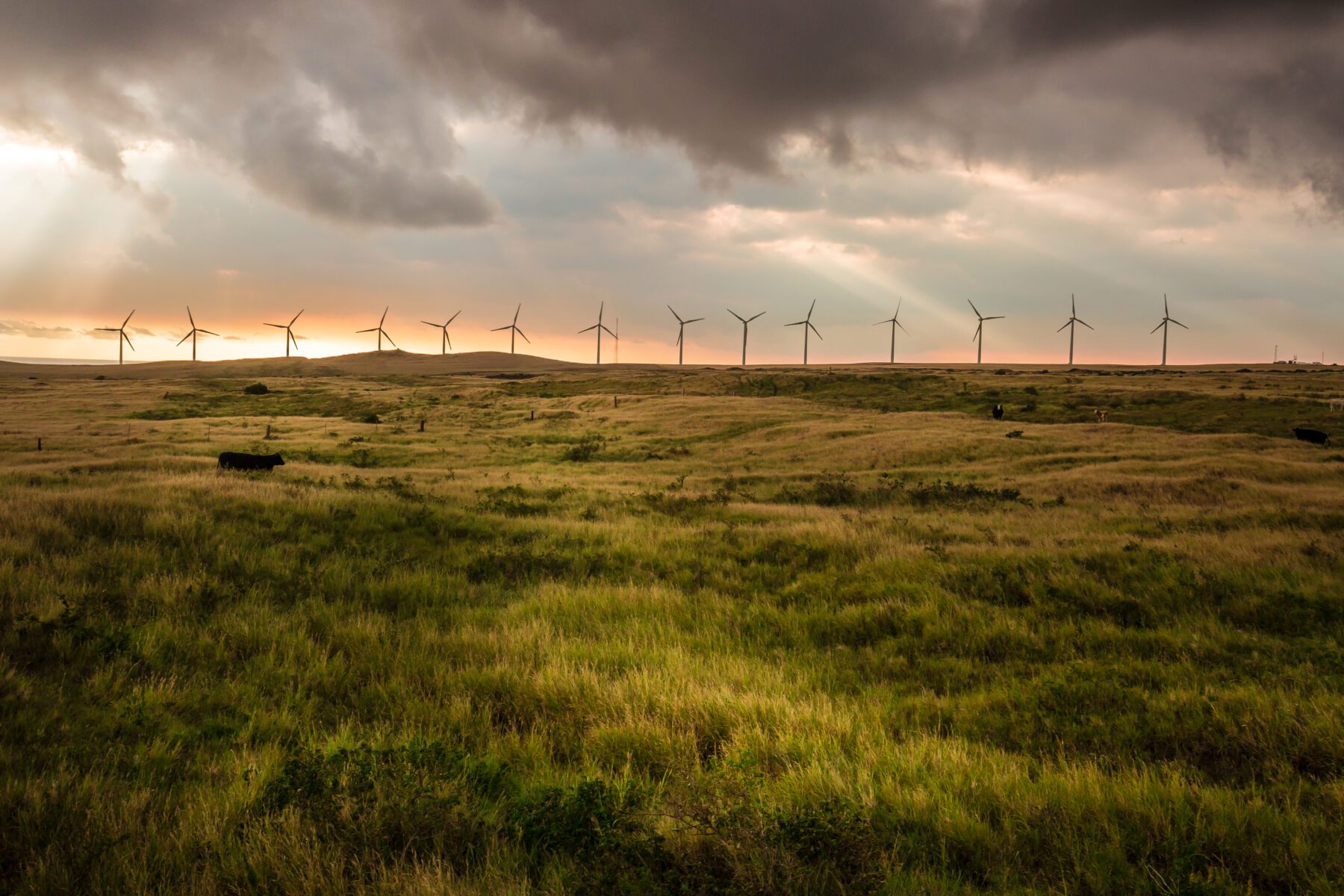
RENEWABLE ENERGY RESOURCES
The percentage of renewable energy generated in Hawai‘i has doubled since 2014.
SOLAR
Solar energy—derived from the Sun’s light and heat. In Hawai‘i, solar energy contributes to the state’s clean energy goals by generating electricity and reducing reliance on fossil fuels.
Photovoltaics (PV)
Photovoltaic systems convert sunlight directly into electricity using solar cells, without the need for moving parts or steam. When sunlight strikes a solar cell, it creates a voltage difference, generating a direct current (DC) that can be used on-site or fed into the electric grid after conversion to alternating current (AC).
Distributed vs Utility-Scale, Why the Distinction Matters
Utilities treat distributed and utility-scale solar differently due to their impact on grid operations:
- Distributed solar introduces variability at the distribution level, which can affect voltage stability and require upgrades in local infrastructure or control systems.
- Utility-scale solar is typically connected at the transmission level, offering greater control and predictability for utility system operators.
Solar Thermal
Solar thermal systems use sunlight to heat fluids for various applications:
- Residential water heating (up to ~160°F), significantly reduces electricity use and costs.
- Electricity generation (750°–2,000°F) through concentrated solar power (CSP) systems, which focus solar energy to produce high temperatures that generate steam to drive a turbine.
In Hawai‘i, tens of thousands of solar water heaters are in use, helping households reduce their electricity bills by displacing traditional water heating systems.
Learn more about Solar Energy with this Fact Sheet:
Photo courtesy of Hawai‘i Gas, Waihonu Solar Farm
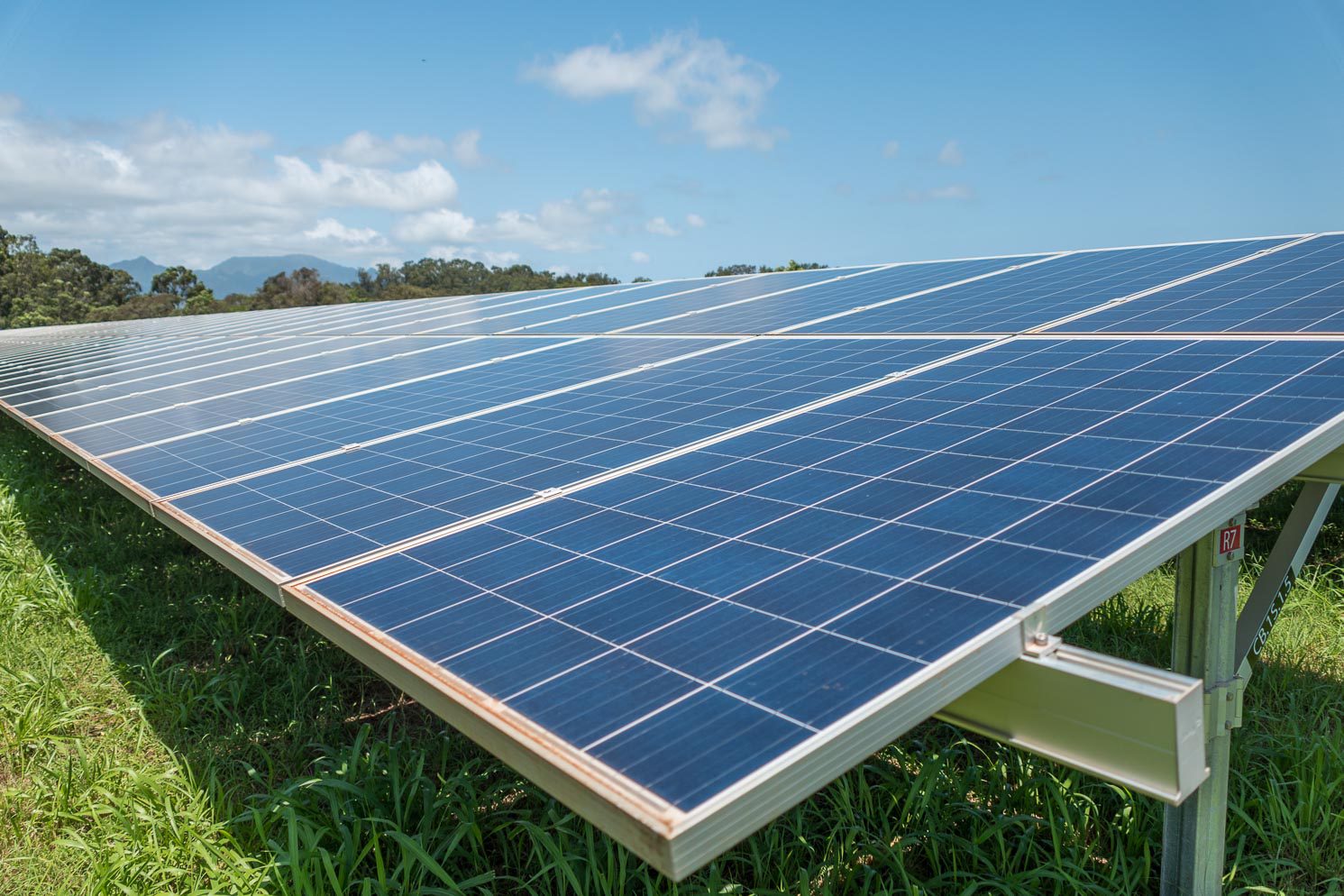
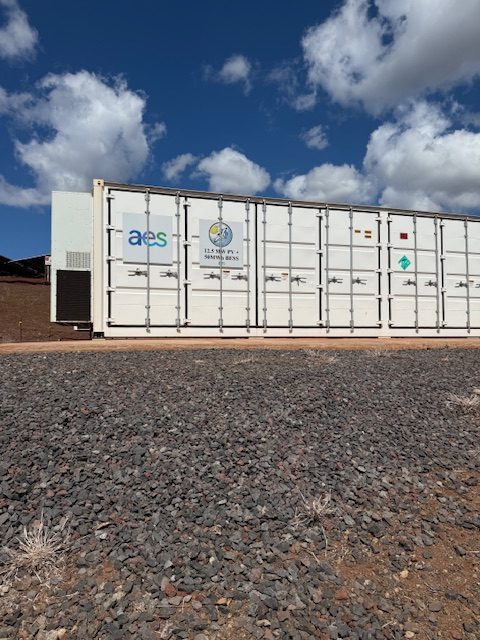
BATTERY ENERGY STORAGE SYSTEMS (BESS)
Battery energy storage systems are often integrated with renewable energy systems to store excess energy for later use. These systems enhance the reliability and predictability of renewable energy sources, effectively extending their usefulness. Batteries can be made from a variety of rechargeable mineral elements. Currently, the most commonly known system is lithium-ion, but the industry is going through a significant transformative phase as scientists are innovating solutions to increase battery performance and diversify production options to lessen reliance on specific minerals.
Learn more about BESS with this fact sheet:
GEOTHERMAL
Geothermal energy harnesses the naturally occurring heat beneath the Earth’s surface to generate electricity. In Hawai‘i, it is a firm, dispatchable, low-carbon resource that helps provide consistent local power and supports grid reliability alongside variable renewable resources like wind and solar.
The Hawai‘i State Energy Office (HSEO) is advancing efforts to responsibly expand geothermal resources to help achieve the state’s energy goals and reduce reliance on imported fuels.
Learn more about geothermal technology and HSEO’s ongoing work through the links below.
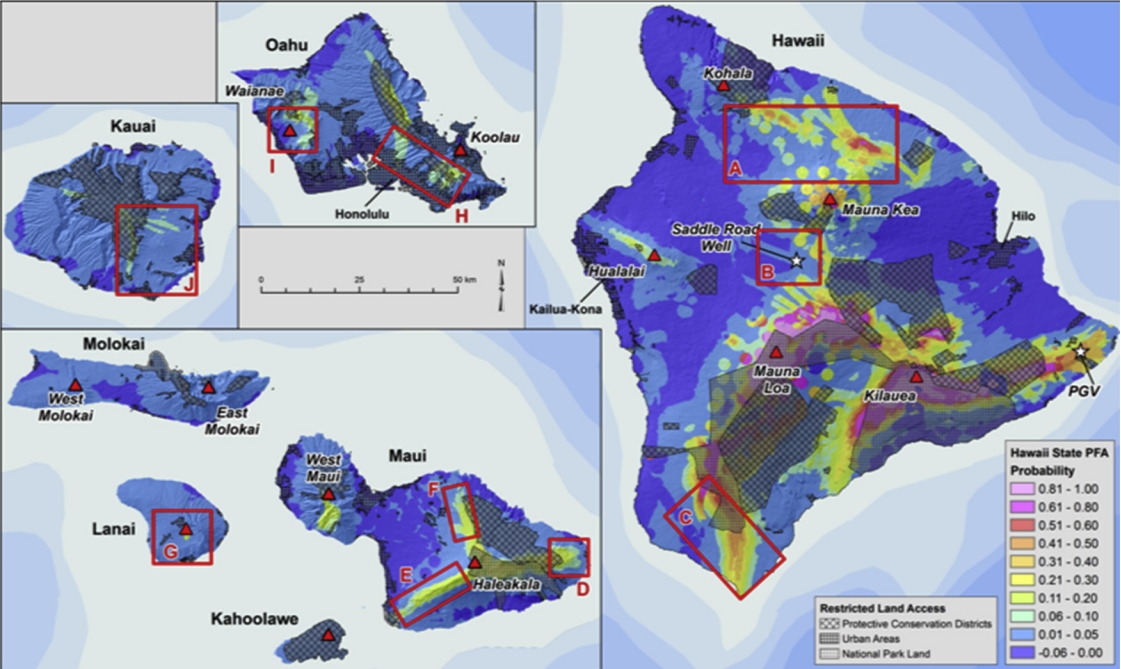
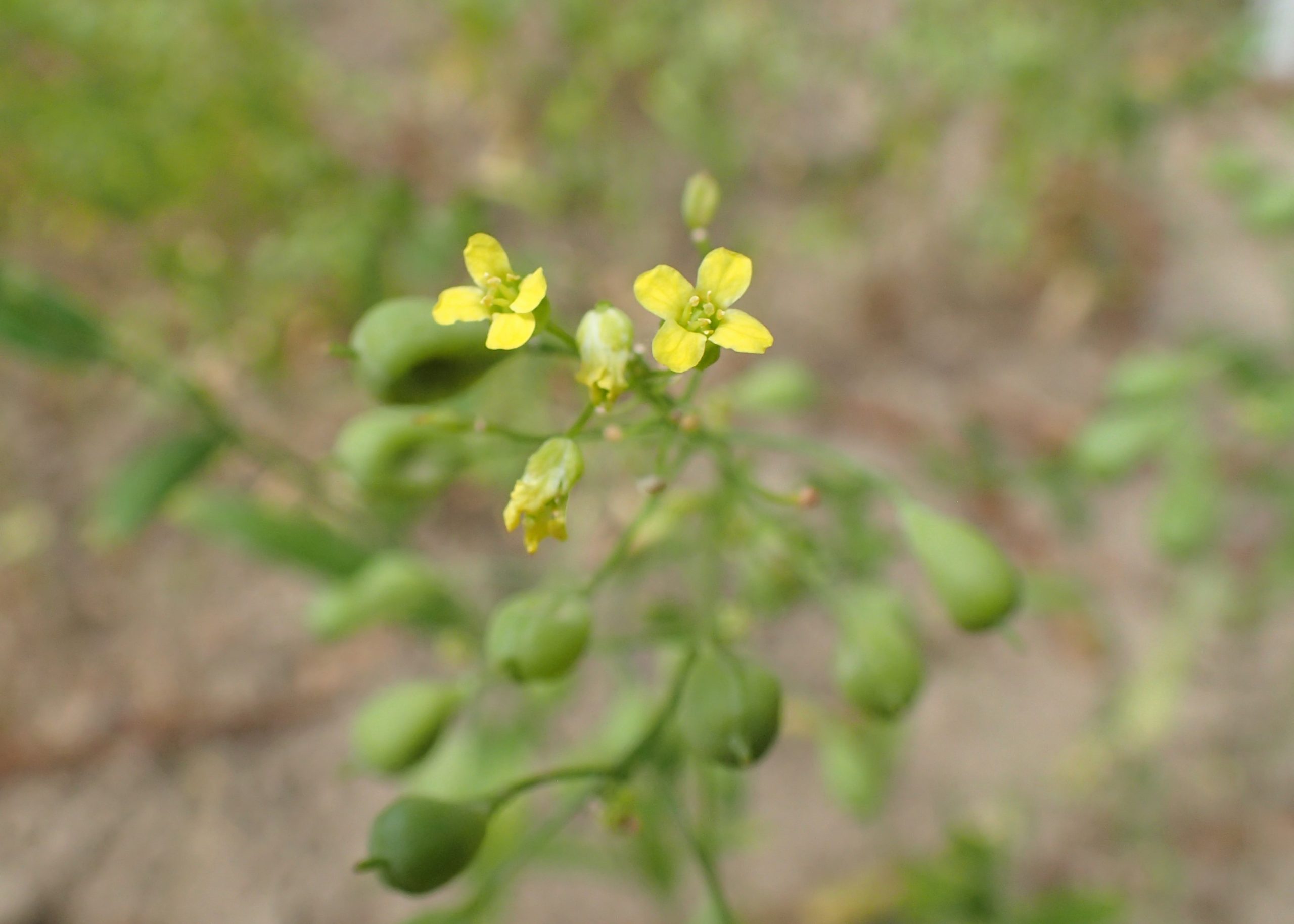
BIOENERGY
Bioenergy comes from organic materials. Biomass can be used to produce electricity, can be converted into liquid fuels (called “biofuels”), or can be burned to produce heat for cooking or other uses.
Click below to view a map of bioenergy projects in Hawai‘i. Disclaimer applies.
Please view map on a bigger screen.
Biomass
Biomass is plant and animal matter and includes energy crops, wood, grasses, algae, vegetable oils, and agricultural and municipal wastes.
Biofuels
Biofuels are liquid fuels made from biomass. As defined in Section 486J-1 of the Hawai‘i Revised Statutes, “Biofuels means liquid or gaseous fuels produced from organic sources such as biomass crops, agricultural residues, and oil crops such as palm oil, canola oil, soybean oil, waste cooking oil, grease, and food wastes, animal residues and wastes, and sewage and landfill wastes.”
Learn more about Bioenergy with this Fact Sheet:
RENEWABLE NATURAL GAS (RNG)
Renewable Natural Gas (RNG) also know as biogas, is a form of gaseous energy created from the decomposition of organic matter, such as wastewater biosolids, food wastes or animal manure under anaerobic conditions, or conditions without oxygen. Gas produced in this manner for production and use is pipeline quality and interchangeable with conventional natural gas, including synthetic natural gas (SNG) and liquefied natural gas (LNG), both currently used in Hawaiʻi.
There is currently one RNG plant located on O‘ahu, which utilizes the methane from the Honouliuli Wastewater Treatment Plant. The facility is capable of producing enough gas for more than 6,000 homes.
More information on the Honouliuli Natural Gas Plant operated by Hawai‘i Gas is available at: https://www.hawaiigas.com/clean-energy/decarbonization
Photo courtesy of Pacific Biodiesel (www.biodiesel.com). The founders of Pacific Biodiesel, Bob and Kelly King, are farming sunflowers and other crops at their farm on Maui, showcasing a community-based model of sustainable agriculture, renewable fuel and food that is helping Hawaii achieve a clean energy future.
WIND
Onshore Wind
Onshore Wind, or wind that is sited on land, has been developed on Oʻahu, Maui, and Hawai‘i Island. In total, nine utility-scale wind projects accounted for 8.1% of the total energy sales in the state in 2021. Onshore wind has not been a desirable technology in areas where there are large populations of endangered bird species. For example, on Kauaʻi, where there are large populations of seabirds, onshore wind has not been developed.
Click below to view a map of wind projects in Hawaii. Disclaimer applies.
Please view map on a bigger screen.
Learn more about Wind Energy with this Fact Sheet:
Photo courtesy of Hawaiian Electric, Wind Farm on Maui
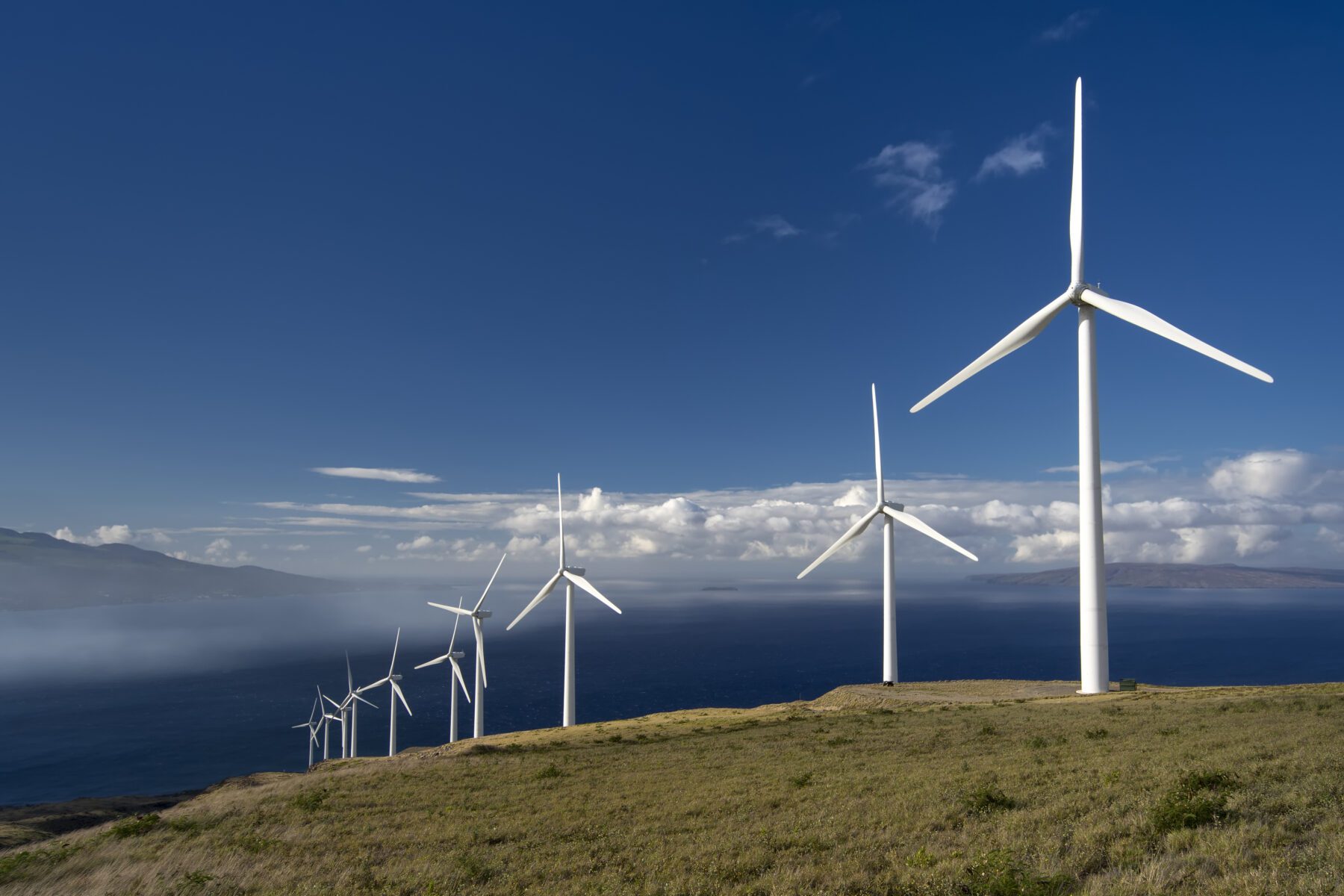
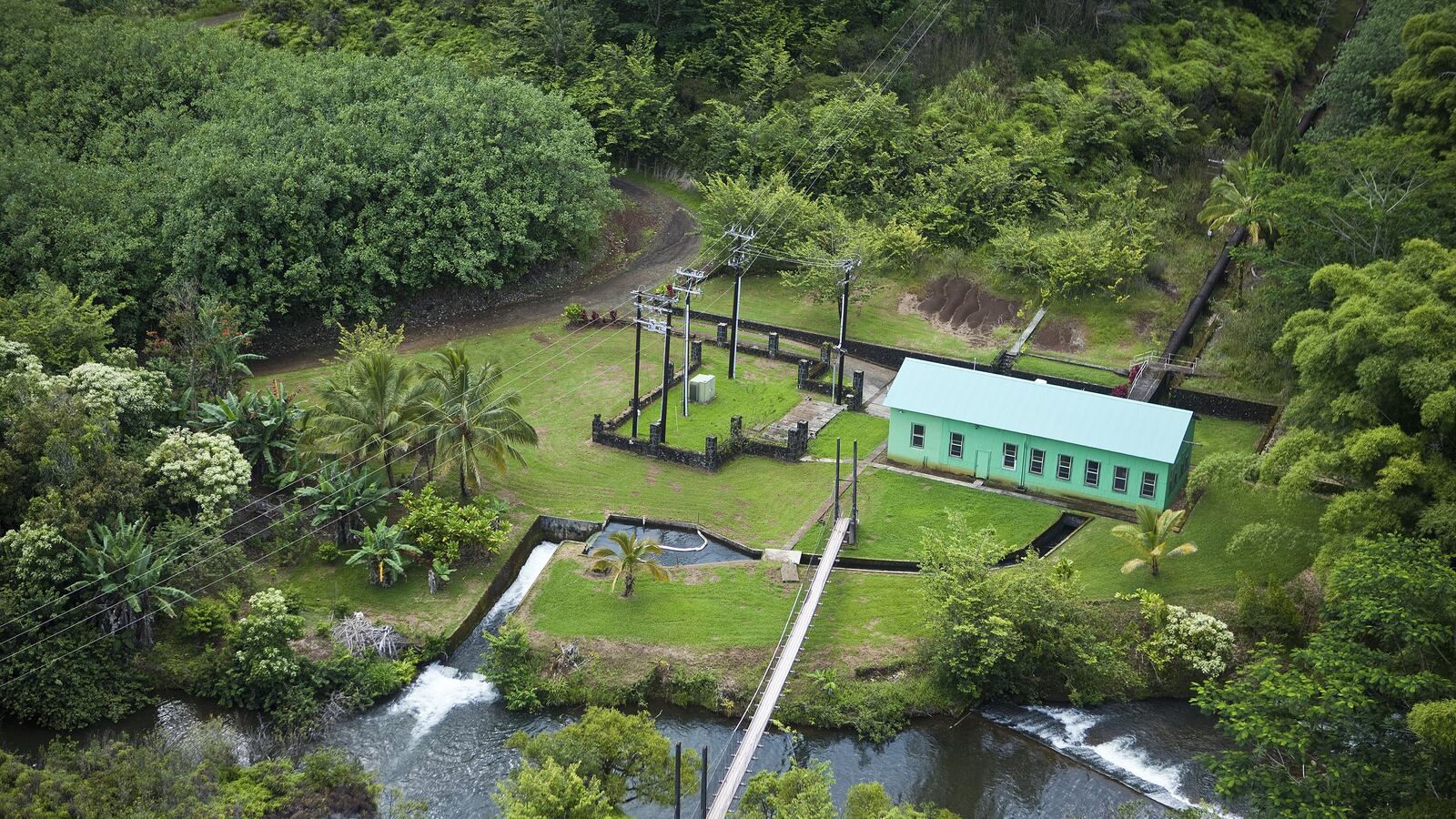
Courtesy Kauai Island Electric Utility
HYDROELECTRIC (HYDROPOWER)
Hydroelectric facilities were among the first power plants in the islands, dating back to the late 1800s. Some of Hawai‘i’s existing hydroelectric plants date back to the early 1900s and have been maintained and upgraded to continue producing power.
Hawai‘i has “run-of-the-river” hydro plants, which means free-flowing water is used to spin a turbine and generate electricity. For these projects, a regulated volume of water is diverted from its natural waterway into the pumphouse and then rerouted back to its original waterway. The amount of energy generated by a run-of-the-river hydro plant depends on the volume of water in a waterway and the speed at which is flows. Electrical output from Hawai‘i’s hydro plants is heavily impacted by annual rainfall due to reliance on surface waters.
Another hydroelectric resource being explored in Hawai‘i is “pumped storage.” Unlike run-of-the-river plants, pumped storage hydro projects allow operators to control when a hydroelectric facility discharges electricity. In many cases, including the West Kauaʻi Energy Project now being pursued on Kauaʻi, solar energy is used to pump the water “upstream” from the lower reservoir to the upper reservoir, making these facilities 100% renewable.
Click below to view a map of hydroelectric projects in Hawaii. Disclaimer applies.
Please view map on a bigger screen.
Learn more about Hydroelectric Power with this fact sheet:
HYDROGEN
Hydrogen has diverse applications and can be produced from renewable sources, stored, and utilized in various sectors such as transportation, electricity generation, and industry. It is particularly well-suited for medium- and heavy-duty transportation due to its high energy density and the challenges of electrification in these sectors.
Hydrogen can be used as a fuel, but unlike traditional fossil fuel sources, it is not a primary energy source—it must be produced using energy, making it more akin to an energy carrier or storage mechanism. Additionally, hydrogen can be blended with natural gas and distributed through pipelines for use in homes and businesses as part of the utility gas supply.
Learn more about Hydrogen with this fact sheet:

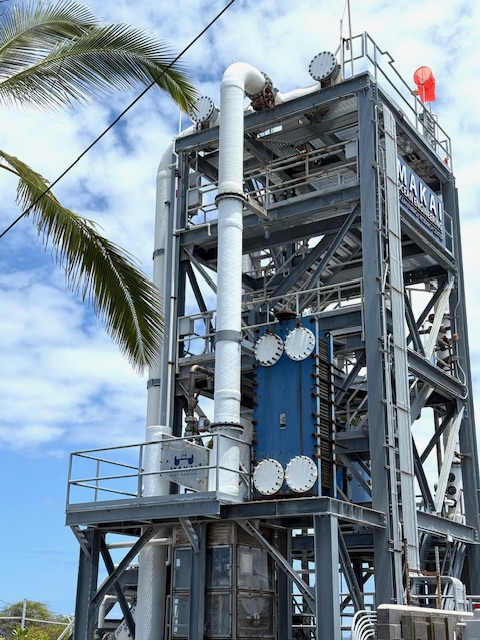
OCEAN
The ocean holds a great deal of the Earth’s energy — the Sun heats the surface, wind creates waves, and tidal forces exerted by the Sun and the Moon create tidal fluxes. Hawai‘i has significant wave and ocean thermal resources but minimal potential for tidal energy due to its relatively mild tidal changes. Most potential technologies that would harness ocean energy resources are in early pilot stages and have not yet been commercialized.
Thermal Energy (heat)
Two major ocean thermal technologies are of interest in Hawai‘i: seawater air conditioning (SWAC) and ocean thermal energy conversion (OTEC). Both rely on the fact that the deep ocean is significantly colder than the tropical surface.
SWAC projects have also been proposed off Honolulu; however, none have yet come to fruition.
Marine Hydrokinetic Energy (motion – wave or tidal)
Marine hydrokinetic (MHK) technologies tap the kinetic energy of the ocean — the energy carried by moving water. Most typically, the ocean’s motion is converted to useable electricity by a device that either spins as the water flows past it or bobs up and down in the water. This means MHK facilities can generate more electricity from the oscillating (short period) rough seas created by trade winds than the slow and spread out (long period) swells that generate the famously large waves in Hawai‘i. Therefore, Hawai‘i’s relatively consistent trade winds are attractive for MHK developers.
Hawai‘i hosts one of the world’s most unique MHK test facilities: Wave Energy Test Site (WETS) off the Kāneʻohe Marine Corps Base Hawai‘i (KMCBH) on Oʻahu. In partnership with the Hawai‘i National Marine Renewable Energy Center connected to the Hawai‘i Natural Energy Institute and the University of Hawai‘i, wave buoy manufacturers can test the performance of their wave buoy designs.
Learn more about Ocean Energy with this fact sheet:
